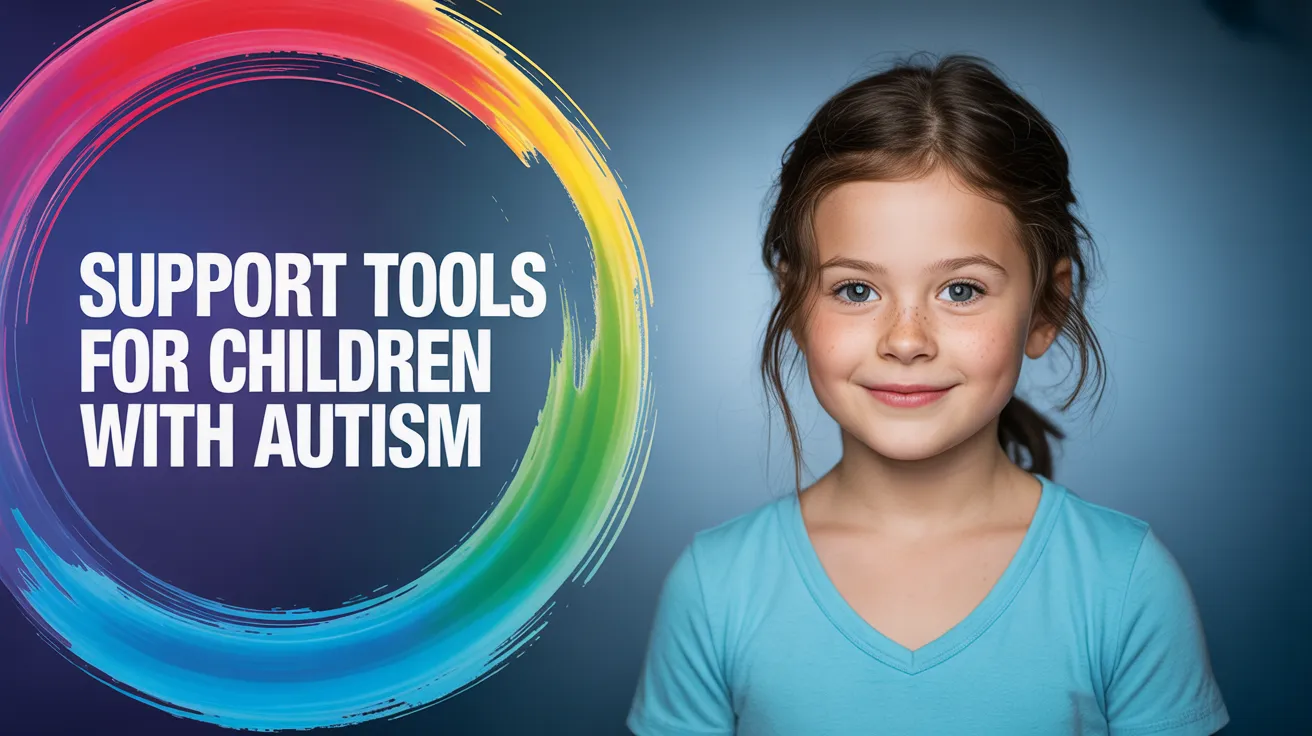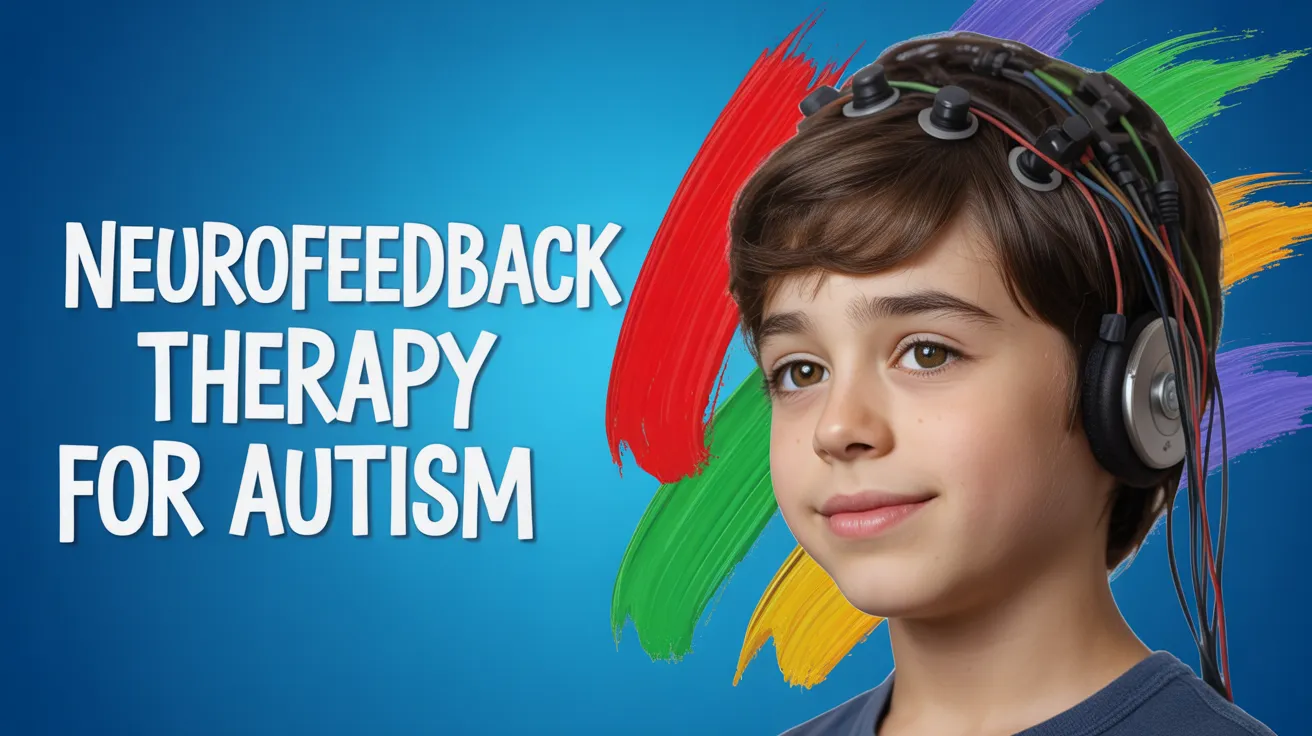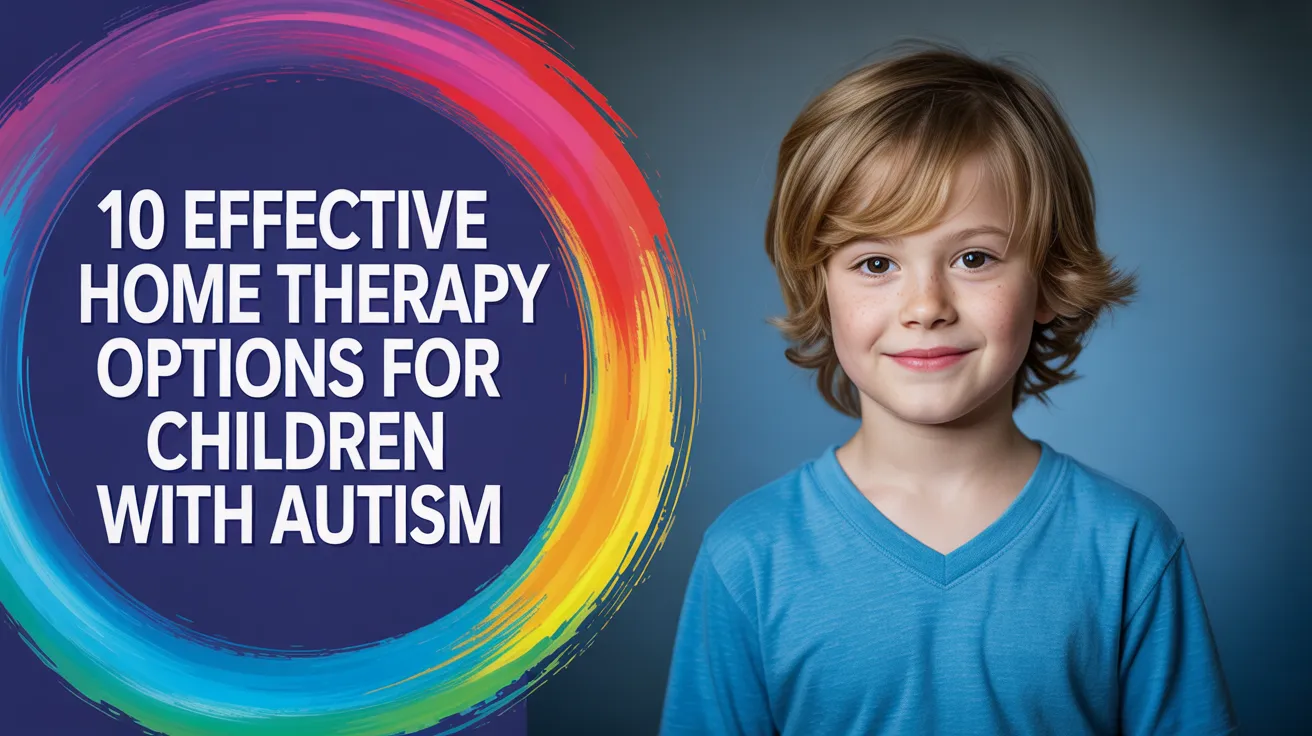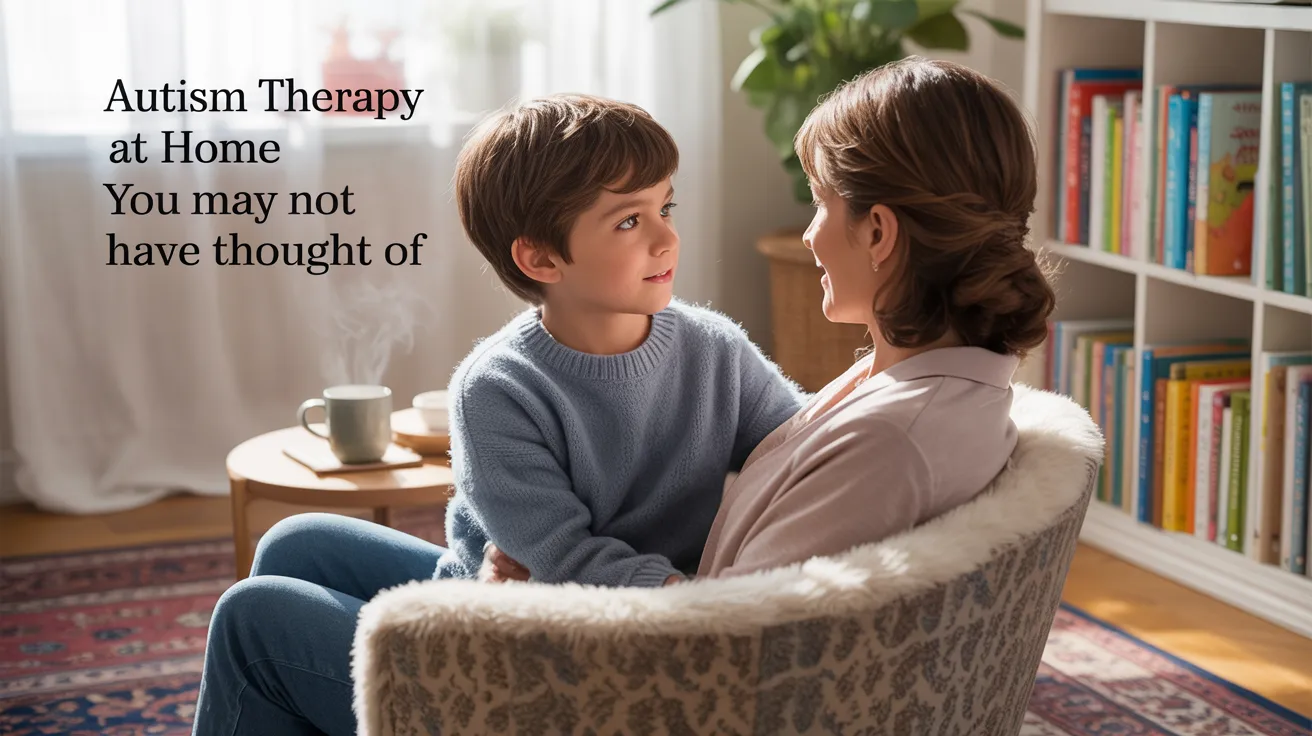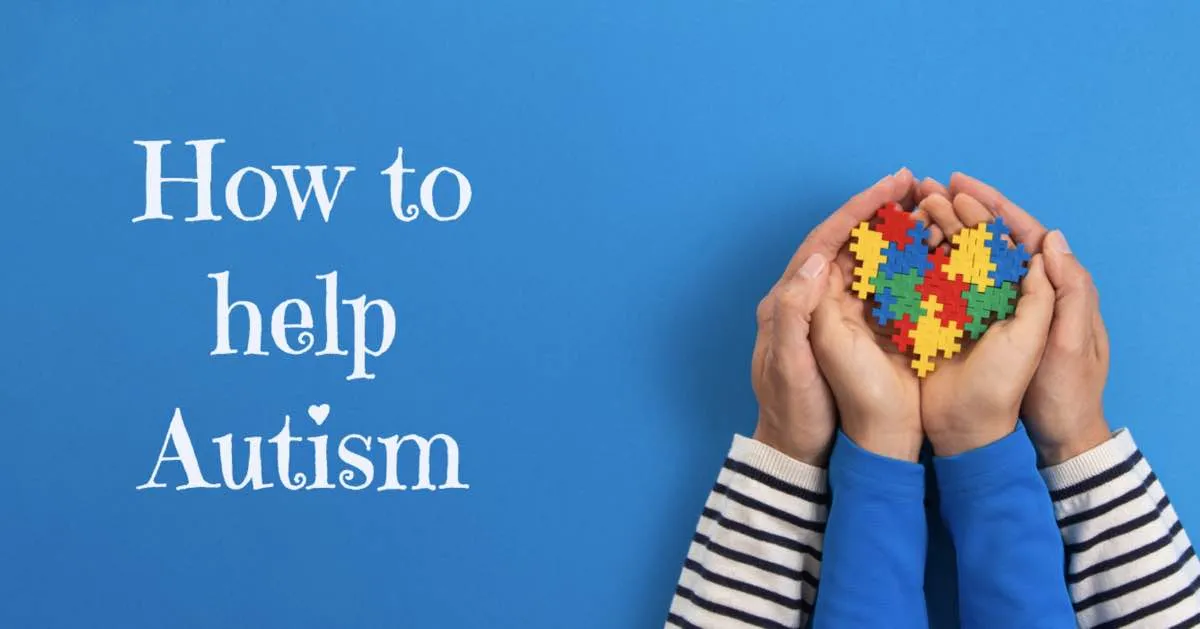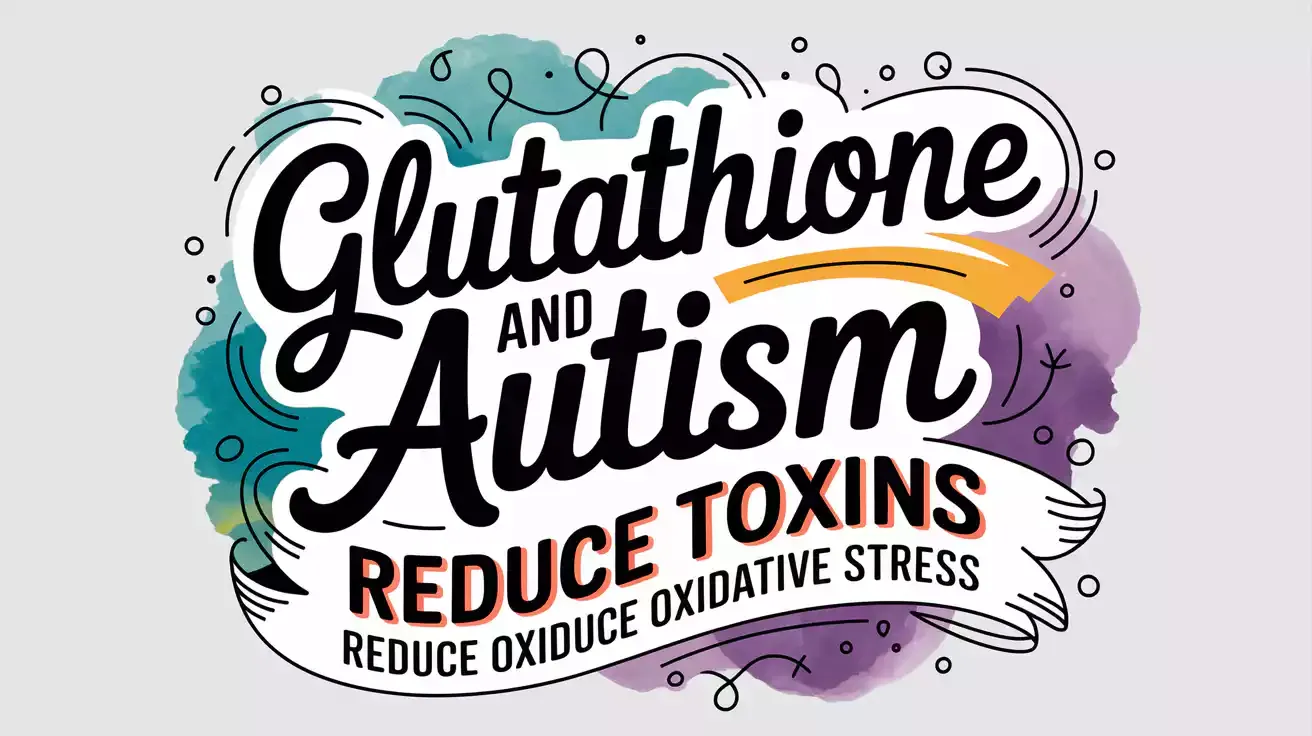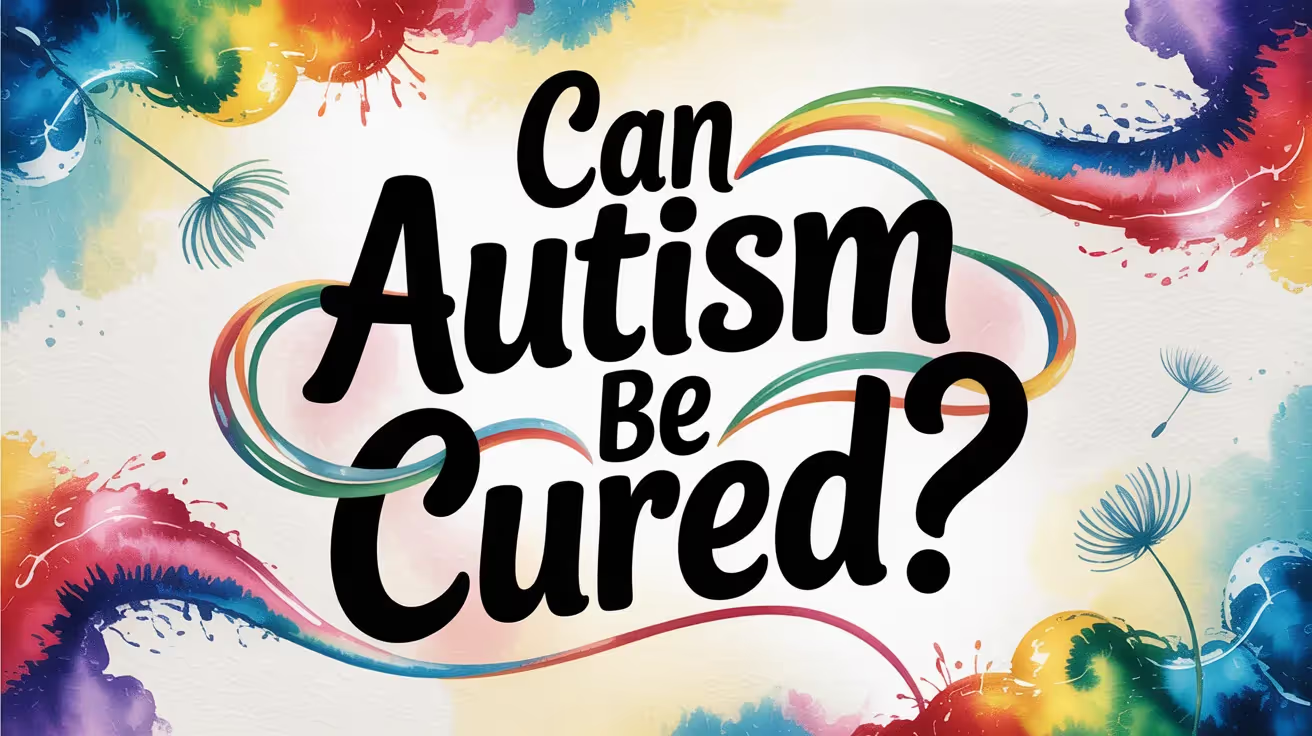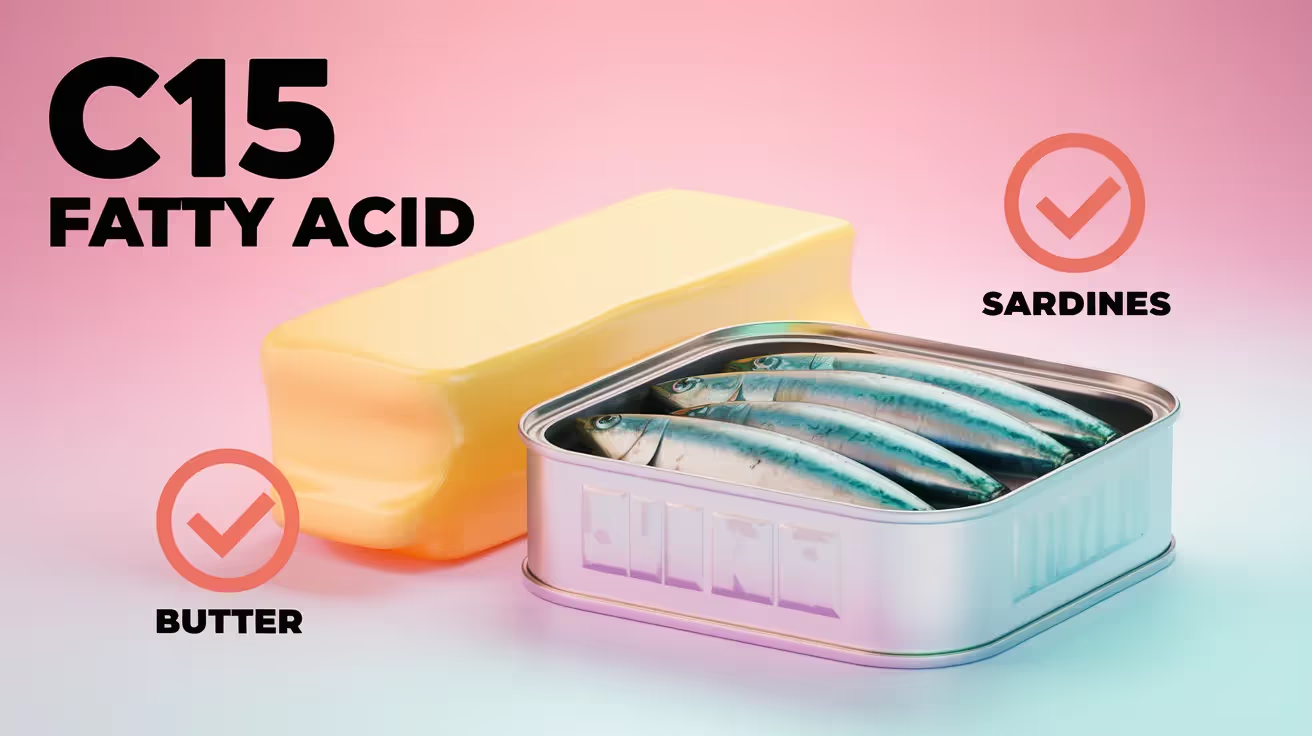As parents of children with autism, finding the right tools and products to support your child's unique needs is crucial. From sensory toys to adaptive clothing, there are countless options available. This guide will help you navigate through essential autism products to enhance your child's development and well-being.
Sensory Toys for Engaging Play
When it comes to unlocking the potential of children with autism, sensory toys make a big difference. These toys aren’t just about play—they’re tools that help enhance sensory perception and promote a calmer, more focused state of mind.
For parents choosing autism products, sensory toys offer many benefits. They meet different sensory needs, like touch and hearing. Here’s a closer look at why these specialized tools are considered essential:
Why Sensory Toys Matter
Tactile Stimulation: For many children with autism, tactile sensory toys like sand or slime provide soothing sensations that can reduce stress and anxiety. Playing with these materials allows children to explore different textures in a safe environment.
Auditory Engagement: Noise-canceling headphones or musical toys can offer auditory relief and joy. By filtering out overwhelming noises, these products help in creating a serene auditory space for your child. Learn more about managing distractions here.
Visual Appeal: Toys with bright colours and patterns can catch interest, encouraging eye movement and involvement. Visual aids like picture cards help with communication and are very useful for non-verbal children.
Calming Effects: Weighted blankets or vests provide deep pressure therapy that mimics a comforting hug, helping children feel secure and grounded.
A Closer Look at Some Popular Sensory Toys
Sensory play kits are perfect for discovering new interests—whether it’s building with colorful blocks or exploring new sounds through musical instruments. Popular products include:
Tactile Sensory Toys: Think along the lines of kinetic sand or textured balls—great for little hands exploring different sensations.
Fidget Spinners and Fidget Cubes: These are fantastic for improving focus during homework time (and let’s be honest, they're kind of mesmerizing even for adults!).
Sensory Swings: Offering gentle motion, these swings can be especially calming and help improve balance—perfect for letting off some steam safely indoors.
Sensory toys are simple but effectively engage multiple senses. Whether it's a tactile toy offering comfort through texture or an auditory tool providing soothing sounds, each product serves as more than just a toy—it becomes an avenue for growth and discovery.
If you're curious about how diet and lifestyle choices can complement your choice of autism sensory products, check out our detailed guide on autism treatments.
No toy shelf is complete without these engaging playthings that offer both fun and therapeutic benefits. So next time you find yourself scouting for educational toys for autistic children, remember this golden rule: Think beyond playtime; think developmental support.
Communication Tools to Bridge Gaps
Many parents find choosing autism communication tools difficult and frustrating. But fear not, because we've got some essential tools that can help bridge those communication gaps and offer your child a voice in their own unique way.
Picture Exchange Communication System (PECS)
The Picture Exchange Communication System (PECS) is a popular tool that helps children communicate. It’s a simple yet effective method that allows children to express their needs and desires by selecting images from a set of cards.
Why it works: Capitalizes on visual strengths often seen in children with autism.
How to implement: Start with basic images representing common requests like food or toys and gradually expand to more complex concepts.
Recognising early signs through pictures can really boost communication. When kids see images that match their feelings or needs, they can express themselves more easily, even if they can't find the right words yet. This approach makes it simpler for them to connect what they're feeling or thinking with a visual cue, which leads to clearer communication. For children with autism, this method bridges gaps in understanding because it provides a direct way to convey ideas without relying solely on verbal skills. This strengthened connection helps reduce frustration and builds a smoother pathway for communication between the child and those around them. For more insights, check out our guide on early signs of autism.
Augmentative and Alternative Communication (AAC) Devices
AAC devices include simple apps on tablets and advanced machines that help people speak. They can be game-changers by providing your child with an alternative means of communication when verbal skills are limited.
Pros: Custom words, easy to carry, fits different needs.
Considerations: Setting up the device may need help from a professional to make sure it fits your child's needs. It's important to choose a device that aligns with your child's abilities and preferences.
Simplified Sign Language
Simple sign language can help break down communication barriers. It's not just for deaf or hard-of-hearing individuals; many children with autism find sign language easier than verbal speech.
Benefits: Helps children interact with others and understand the order of language better.
How to start: Begin with essential signs such as “more,” “eat,” or “help.” Online resources are abundant for learning at home.
If you're curious about how these tools tie into broader autism treatment plans, explore our comprehensive insights on various autism treatments.
The Power of Visual Schedules and Supports
If pictures speak louder than words, then visual schedules are screaming from the rooftops! They offer structure and predictability—two things that many children with autism thrive on. From daily routines to specific tasks, these visual aids can reduce anxiety and provide clarity on what’s ahead.
Main advantages:
- Eases transitions between activities.
- Makes abstract concepts more concrete through pictorial representation.
Eases transitions between activities.
Makes abstract concepts more concrete through pictorial representation.
Tapping into assistive technology for autism is like giving your child a superhero cape—it empowers them in ways words sometimes can't describe. Remember, it's all about finding the right fit for your child’s unique needs while having some fun along the way!
If you’re contemplating whether an autism life coach could further support your journey, delve into our detailed discussion here: Should I Get an Autism Life Coach?
Adaptive Products for Daily Life
Every parent of a child with autism knows that daily life can resemble a thrilling adventure—sometimes without the map or compass. Navigating through routines and activities often calls for a backpack full of patience and a few adaptive products to make the journey smoother.
1. Sensory-Friendly Clothing
Let’s be honest, we all have those favorite cozy clothes that make us feel like we’re wrapped in a hug. For children with autism, sensory-friendly clothing can have the same calming effect. These garments are designed to minimize irritations from tags, seams, and certain fabrics that can cause discomfort. Look for options made with soft materials and flat seams. Some brands even offer compression clothing which applies gentle pressure, providing a sense of calm.
2. Adaptive Utensils for Feeding Challenges
If mealtime at your house feels like an Olympic event with your child refusing to compete, adaptive utensils might come to the rescue. These specially-designed tools can help children who struggle with motor skills, making it easier for them to eat independently. Features like ergonomic handles and non-slip grips transform dining into less of a battlefield—one spoonful at a time.
3. Specialised Seating Solutions
The right seating solution can work wonders in supporting focus and comfort during activities that require attention, such as schoolwork or mealtime. Options like wobble chairs and ball chairs provide subtle movements which help increase concentration by allowing kids to wiggle without leaving their seat—because let's face it, sitting still is so overrated!
Wobble Chairs: Allow movement while seated, ideal for active kids who need to fidget.
Ball Chairs: Encourage good posture and core strength while providing a fun seating alternative.
4. Noise-Canceling Headphones
Loud noises can sometimes be overwhelming, turning an otherwise ordinary day into an auditory nightmare for some children with autism. Investing in noise-canceling headphones can help create a bubble of tranquility amidst the chaos—perfect for trips out or even noisy family gatherings where Aunt Sally just can't keep her voice down.
Discover more about various autism treatments on our comprehensive guide.
If you're exploring different strategies to support your child’s unique needs, you might also find our article on whether you should get an autism life coach helpful: Should I Get an Autism Life Coach?.
Therapeutic Aids for Emotional Regulation
As a parent, witnessing your child struggle with emotional regulation can be heart-wrenching. But remember, there are tools that can help make this journey smoother for both you and your little one. Handling emotions is important because it helps children with autism manage their feelings and reactions to different situations. Let's delve into some therapeutic aids that can ease this process.
Weighted Blankets: A Hug in Disguise
Weighted blankets have gained popularity due to their ability to provide deep pressure stimulation, which has a calming effect on the nervous system. For children with autism, this can be akin to a warm hug. A study published in the Occupational Therapy International journal highlights how weighted blankets significantly improve sleep quality and reduce anxiety levels in children with autism.
Sensory-Friendly Clothing: Comfort Meets Style
If you've ever experienced the itchiness of a scratchy label on your shirt, imagine that tenfold for a child with autism. Sensory-friendly clothing eliminates bothersome tags and uses soft materials that minimise irritation. This simple change in wardrobe can dramatically impact a child's mood and comfort level throughout the day. It's all about feeling good from the inside out!
Fidget Toys: Fun Meets Focus
Let's talk about fidget toys—those small wonders that keep little hands busy and minds focused. According to a frontiers study, fidgeting can assist children with autism by improving attention span while reducing stress levels. These toys come in various forms, from spinner rings to squishy balls; each serving the purpose of helping your child channel their energy positively.
Visual Supports: Seeing is Believing
For many children with autism, visual supports like charts or schedules provide clarity and structure to their daily routines. By breaking down tasks into manageable steps through images or symbols, these aids reduce anxiety stemming from uncertainty or change. The National Autism Center says that using visual supports works well to improve communication and help with managing emotions.
Dealing with emotional control challenges can feel tough, but these therapeutic tools provide practical solutions designed for your child's specific needs. And hey, who wouldn’t want an excuse to snuggle under a cozy weighted blanket?
Interactive Learning and Development
If you’re a parent of a child with autism, you know how crucial it is to find the right resources that support your child's learning journey. The goal isn’t just about acquiring knowledge, but also fostering development in a way that resonates with your child’s unique needs. Let's dive into some interactive learning tools that can make a world of difference.
1. Interactive Learning Apps
Endless Reader: This app is designed to help children recognize sight words, an essential skill for early reading success. Its colorful graphics and engaging animations make learning fun and effective. Plus, it's a fantastic tool for visual learners!
Proloquo2Go: A symbol-based communication app perfect for children who can't speak or have limited speaking skills. Not only does it aid in enhancing vocabulary, but it also encourages the development of language skills through interactive play.
2. Educational Toys for Autistic Children
Toys aren’t just about play. They're powerful tools for learning and development.
Building Block Sets: These toys help improve fine motor skills, boost creativity, and encourage problem-solving. They also offer touch-based stimulation.
Puzzles for Daily Skills: Activity books with puzzles can help practice important daily skills and address common challenges seen in autism spectrum disorders (ASD).
3. Visual Supports for Autism
A visual schedule can be a valuable tool for easing anxiety and helping children with autism understand their daily routines better. They offer a sense of order and help children move easily from one activity to another. Visual schedules use pictures or symbols to represent different parts of the day, making it easier for children to anticipate what comes next. Predictability can greatly lower stress and enhance behaviour.
The Importance of Assistive Technology
Assistive technology helps bridge the communication gap and supports cognitive growth by offering solutions specifically designed for autistic individuals. Whether it's through interactive apps or specialized software, these tools open up new avenues for learning that are both accessible and effective.
Navigating the world of autism products might feel overwhelming at times (think trying to assemble IKEA furniture without instructions), but remember, it's all about finding what works best for your child. With patience, love, and the right tools, you're not just supporting their learning—you’re empowering them to thrive.
You may need to go through some experimentation. But rest assured that with each step forward, you're paving the way towards a brighter future full of possibilities.
Promoting Physical Activity and Balance
When it comes to children with autism, physical activity is more than just a way to burn off energy. It's a vital tool for improving coordination, enhancing social skills, and even boosting mood. Imagine your child as a budding superhero, gaining strength and balance with each playful adventure.
One of the most effective ways to support your child's physical development is through the use of sensory integration products like balance boards. These boards engage the core muscles and help improve balance and coordination. Think of them as a fun see-saw experience right at home!
Therapy Swings: Providing gentle movement in different directions, therapy swings can be very calming and help improve body awareness.
Occupational Therapy Tools: Items such as weighted vests or proprioceptive aids provide sensory input that can help regulate your child's senses.
Specialised Seating Solutions: For those school time focus hours, these solutions can improve attention span by providing stability and comfort.
Sensory Play Kits: Combining fun with function, these kits are packed with tactile sensory toys that promote development through play.
A Little Humor Goes a Long Way
If you're thinking about integrating these tools into your routine, just remember: it's not about turning your living room into a gymnasium. Instead, think of it as equipping your child for their own little Olympics - where every day is an opportunity to stride forward and have fun doing it!
For more insights on how lifestyle choices can impact autism symptoms positively, feel free to explore our article on various autism treatments. After all, we’re here to guide you through making informed decisions that bring out the best in every joyful leap your child takes.
"A child’s play is not simply a reproduction of what he has experienced but a creative reworking of the impressions he has acquired." - Vygotsky
Navigating the world of support tools and autism products can feel overwhelming, but equipping yourself with the right information and resources makes all the difference. By integrating these essential aids into your child's routine, you can foster their growth, independence, and overall happiness.


